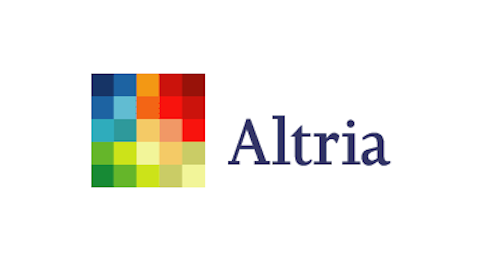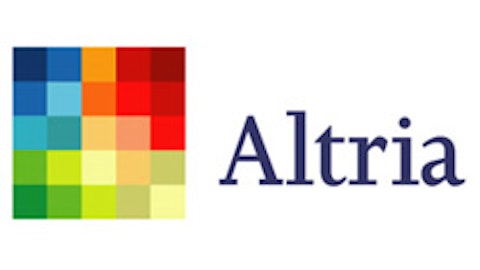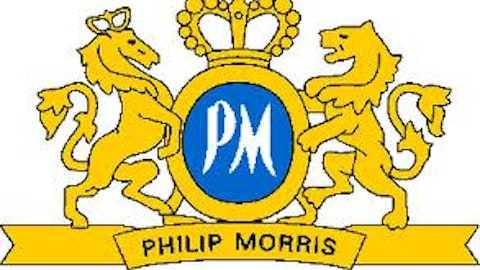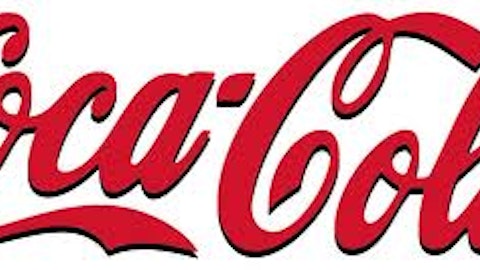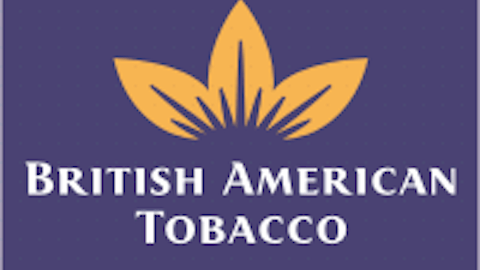
With dividends reinvested, Altria Group Inc (NYSE:MO) has been one of the best performers in the S&P 500, ever. I believe these recent results highlight the company’s strengths and ability to continue outperforming the market.
Altria’s success owes mostly to its diversification. However, part of the continuing success depends on strategic product price increases and cost-cutting.
In particular, Altria Group Inc (NYSE:MO) owes part of its success to its investment in SABMiller , which it received after selling some of its own brewing operations to SAB. Altria’s investment comprises a 27% holding in SABMiller, two seats on the board of SAB’s directors, and a portion of the company’s profits.
So how does SAB contribute?
Altria’s first full year of holding a stake in SAB was 2011, and its extraordinary costs for 2011 amount to $730 million. We can assume these were acquisition related.
2012 saw the first full year of the Altria – SAB working relationship. Unfortunately, once again, Altria Group Inc (NYSE:MO) recorded a loss from its holding in SAB, is in-part down to the acquisition by SAB of the Australian brewer Fosters.
To explain this further, here is a chart of SAB’s earnings:


| Fiscal Year Ended March 31 | 2008 | 2009 | 2010 | 2011 | 2012 |
| Revenue | 8,497 | 8,813 | 8,904 | 9,741 | 10,477 |
| Net profit | 1,140 | 1,277 | 1,305 | 1,645 | 2,807 |
| EPS (GBP) | 0.8 | 0.8 | 0.8 | 1 | 1.8 |
| Free cash flow | -231 | 90 | 1,317 | 1,625 | -4,804 |
Although SAB reported a profit for 2012, the company’s cash flow was actually negative by £4.8 billion, due to the acquisition of Fosters in 2011.
Within Altria’s 2012 full-year earnings report, its holding in SAB is marked as “special items.” These special items are currently losses due to the acquisition of Fosters and costs related to SAB’s ‘business capability programme.’ Both the Fosters costs and the business capability program costs span the 2011 and 2012 accounts. However, part of the acquisition costs are partly offset in 2012 by positive contributions by SAB’s business restructuring, strategic partnerships, and asset disposal.


AB’s acquisition of Fosters has dented the cash flow and increased debt.
With acquisition costs over, and SAB’s shopping spree out the way, Altria’s investment should soon start to provide a decent return.
| Fiscal Year | 2013E | 2014E | 2015E |
| SAB revenue | £13,149 | £14,143 | £15,112 |
| SAB net profit | £2,238 | £2,603 | £2,948 |
| SAB free cash flow | £2,112 | £2,339 | £2,814 |
| Altria’s share | $855 | $947 | $1,140 |
Figures in millions.
This table highlights Altria’s predicted 27% of SAB’s net profit over the next three years.
Tobacco
Of course, despite its stake in SAB, the majority of Altria’s operations are involved in the manufacture and sale of cigarettes. As I have already said, even though global tobacco opinions are changing, tobacco sales at the major US tobacco companies or indeed throughout the rest of the world are not really seeing and significant decline.
Cigarette Shipment Volume (Millions)
| Company | 2012 | 2011 | Change |
| PM USA | 136,111 | 136,384 | -0.20% |
| PM International | 927,036 | 915,266 | 1.27% |
In the chart above, you can see Altria (Philip Morris USA) compared to Philip Morris International (NYSE:PM) — Altria’s international partner in crime.
Both Philip Morris International and Altria Group Inc (NYSE:MO) are not seeing any significant fall in tobacco volumes sold. Year over year, Altria saw a marginal reduction in volumes, but, Philip Morris actually had an increase in its volume of cigarettes shipped, highlighting the continual strength of the international tobacco market.
Operating Margin Per Unit
| Company | 2012 | 2011 | Change |
| PM USA | 41.2% | 40.3% | 2.18% |
| PM International | 45.4% | 44.1% | 2.86% |
Margins on tobacco products remain high for both Altria and Philip Morris. In particular, Altria’s operating margin on tobacco products is still growing. Altria produced a 2.2% rise in operating margin over 2012, which has more than offset the 0.2% decline in sales.
Philip Morris, on the other hand, improved operating margins by just under than 3%, while the company shipped 1.3% more cigarettes. Overall, this gave the company a 7% rise in EPS.
That said, while both Altria and PM are experiencing relatively good volumes and rising margins, they are also having to put up with large tax bills.
Excise Taxes – As a % of Net Revenues
| Company | 2012 | 2011 |
| PM USA | 31.9% | 31.1% |
| PM International | 59.3% | 59.3% |
PM International is confronted with a much higher tax on its products in Europe than the rest of the world, as some countries are charging up to 70% excise tax on tobacco. On the other hand, Altria has a much lower tax rate, as its sales are only limited to the US. During 2012 Altria’s average excise tax rate rose 0.8%, which you can see in the company’s individual earnings:
Impact To EPS
| Company | Stock buybacks | Currency | Change In Tax Rate |
| PM USA | 0.04 | – | -0.07 |
| PM International | 0.2 | -0.23 | 0.02 |
The effects the individual factors have had on EPS. This table show that the rise in Altria’s average tax rate only slightly affect group EPs. That said, PM’s stagnant tax rate resulted in the company benefitting slightly, improving EPS by $0.02. However, last year Philip Morris was hurt by the strong USD.
Altria’s tax rate, which rose slightly, took $0.07 off the company’s final EPS total. Altria was not affected by foreign exchange movements.
Stock buybacks improved PM’s EPS by $0.20, which is roughly 50% of the company’s total EPS growth for 2012. Altria on achieved buyback gains of $0.04 per share – Altria has a much smaller buyback program.
Growth is strong but debt is growing…
The only problem with Altria is its debt. Although, unlike Philip Morris, Altria is working hard to bring down its debt to a more suitable level.


Altria’s debt level peaked at $13 billion in 2011 and has since fallen to $12 billion. Philip Morris’ debt looks high, but in practice company net debt is only 1.4 times EBITDA. Altria’s net debt to EBITDA is 1.6 times – still sustainable.
Overall…
In conclusion, Altria as a company continues to surprise and outperform the rest of the market. Even with changing tobacco opinions worldwide, Altria’s revenues are higher thanks to diversification and constant, improving margins on its tobacco products. Furthermore, the company is working had to bring down debt and still maintains a very strong dividend.
I think Altria will continue to shine as a market performer for a long time to come and is written by Rupert Hargreaves.
Data Source: Saxo Capital Markets, Marketwatch
The article Altria Continues To Shine originally appeared on Fool.com.
Copyright © 1995 – 2013 The Motley Fool, LLC. All rights reserved. The Motley Fool has a disclosure policy.
